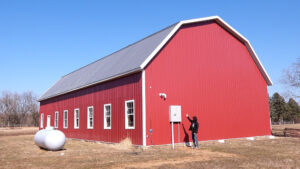
Kitchen Island, Barn Power – March 2024 Update
Welcome to my shop! This is a quick update to let you know what I’ve been up to. This big chunky thing is the leg
Welcome to my backyard! Today we’re going to cut up a walnut tree that was struck by lightning.

I picked up this tree back in August. It had been struck by lightning about 10 years prior, and it had some like open wounds that were facing the sky, so the tree head collected a bunch of water as it was standing there. Because of that, the logs were super waterlogged, but I’m excited to cut it apart and see what the lightning did to the tree. Normally these types of trees are considered absolute garbage because the lightning absolutely destroys the structural integrity of the tree.
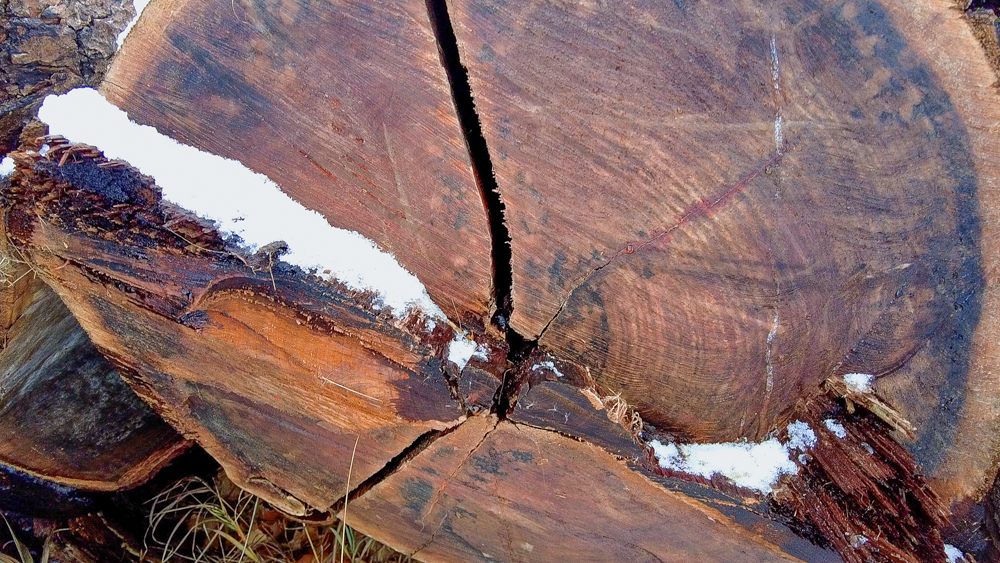
So here is one of the two logs that I got from that tree. You can see all of the crazy structural defects in here already. I expect to see the continuation of these splits through the whole log, and as the wood dries, I expect the structural integrity will be further impacted.
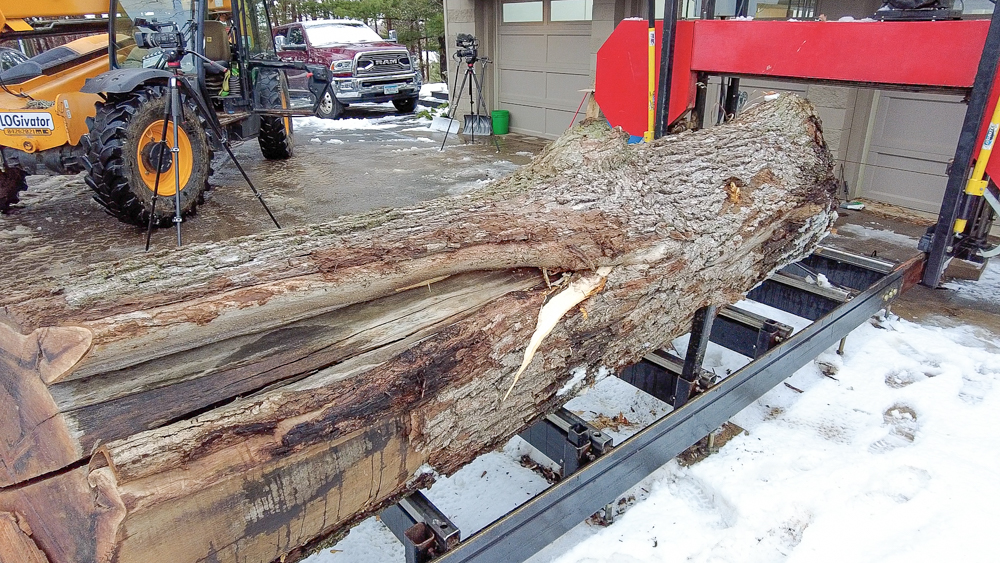
Here’s a log on the saw, and we can get a better look at it. There’s really no way to saw this to avoid any major defects. So I will cut this to optimize yield and visual interest as much as possible. I’m going to turn it about 90 degrees, then make the facing cut.
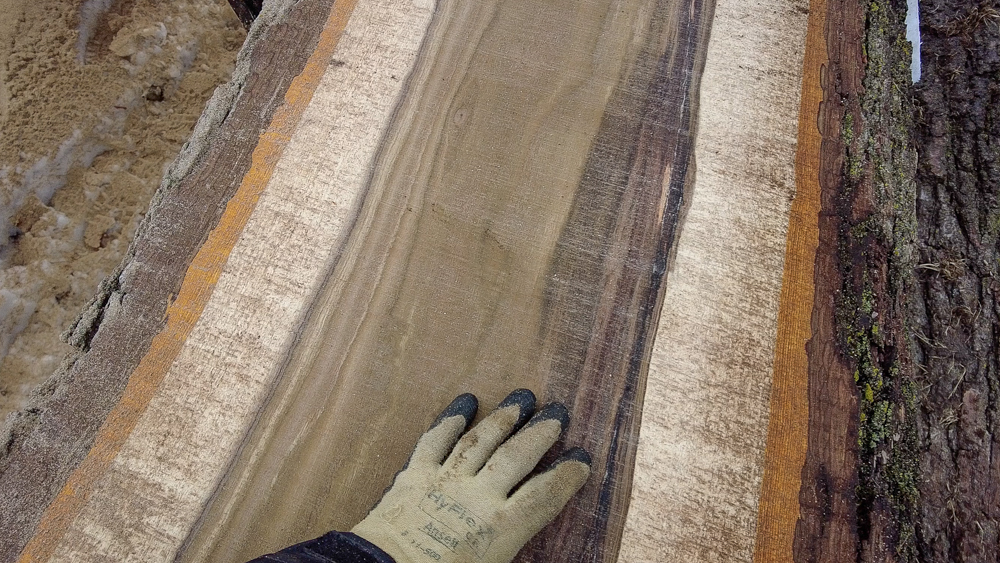
Here’s a look after making the facing cut. As I mention every time I cut walnut, when you first cut it, it’s very green. As it oxidizes and sits, the heart will turn more of the purple color we are used to. But as you can see, there’s already some streaks of oxidation, which are cracks where some air was able to infiltrate into the tree. But it’s cool looking.
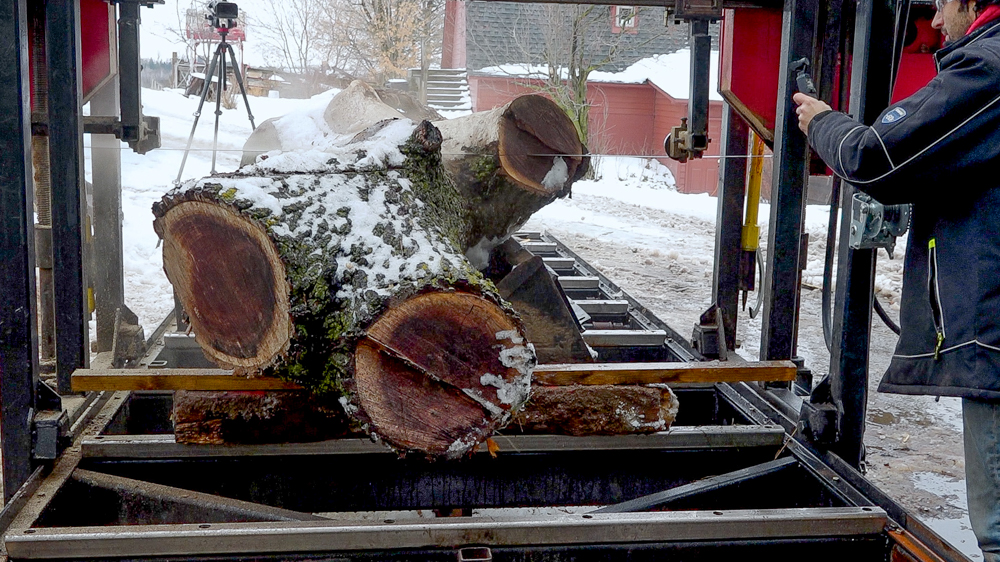
Next up, I’m going to make a facing cut on the crotch section from the same tree, then I’ll be able to cut both of the logs at the same time.
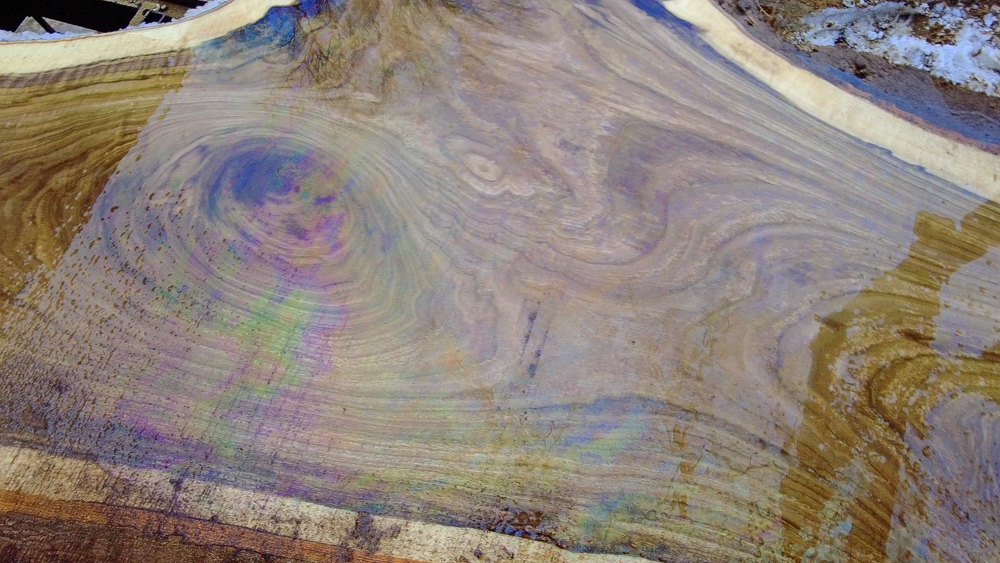
Here’s a look at this crotch log after that cut. This one has a bit more going on because of all of the limbs. There’s some really tight knots, a nice bullseye, some curl, as well as some rot and decay. So maybe there’ll be some interesting things inside these logs.
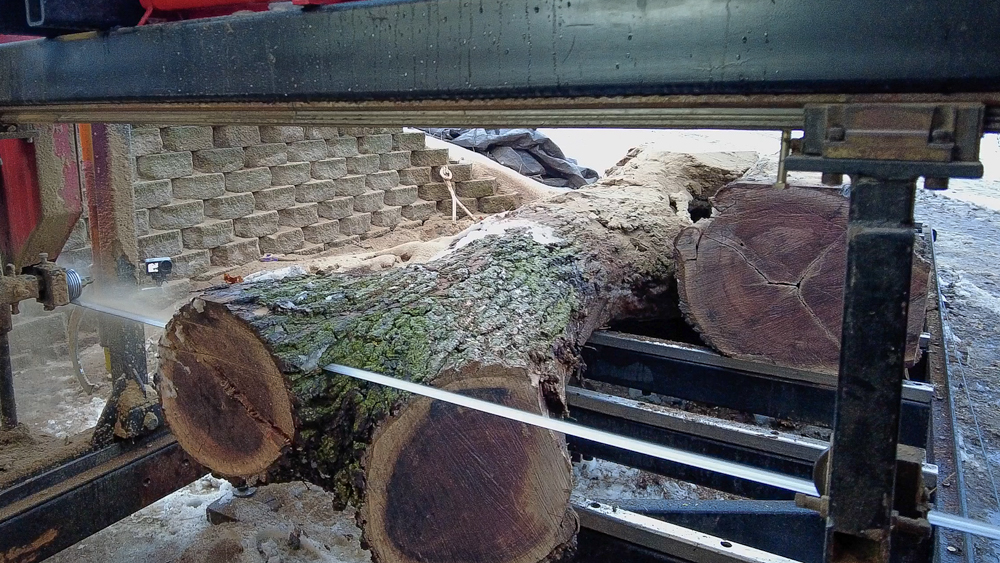
Now I’m going to get both of these logs on the bed and start slicing them up.
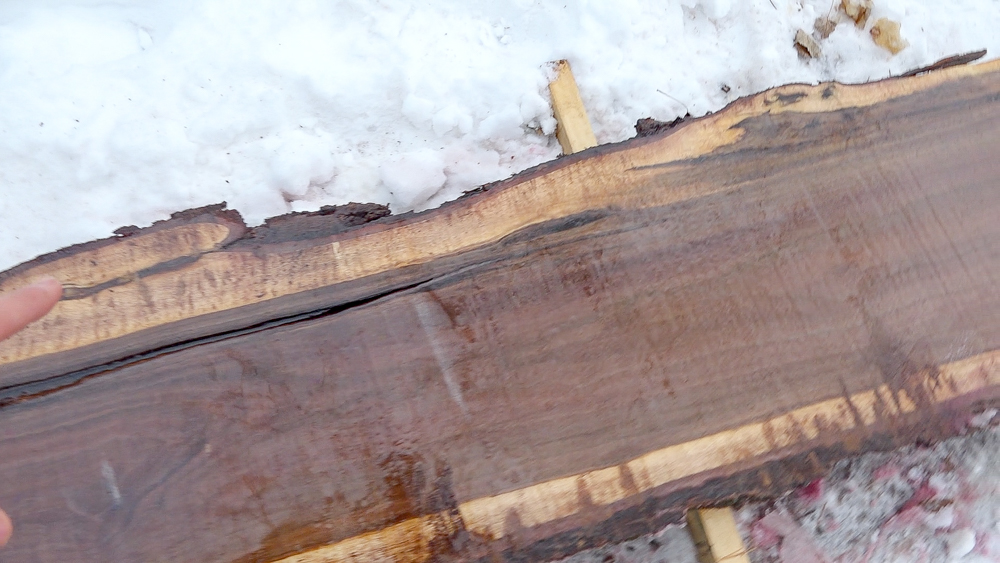
Let’s take a look at the first couple of slabs. On this one, you can see the crack where that tree kind of burst apart. Large splits are pretty common in trees like this. Other than that crack though, it’s pretty clear walnut.
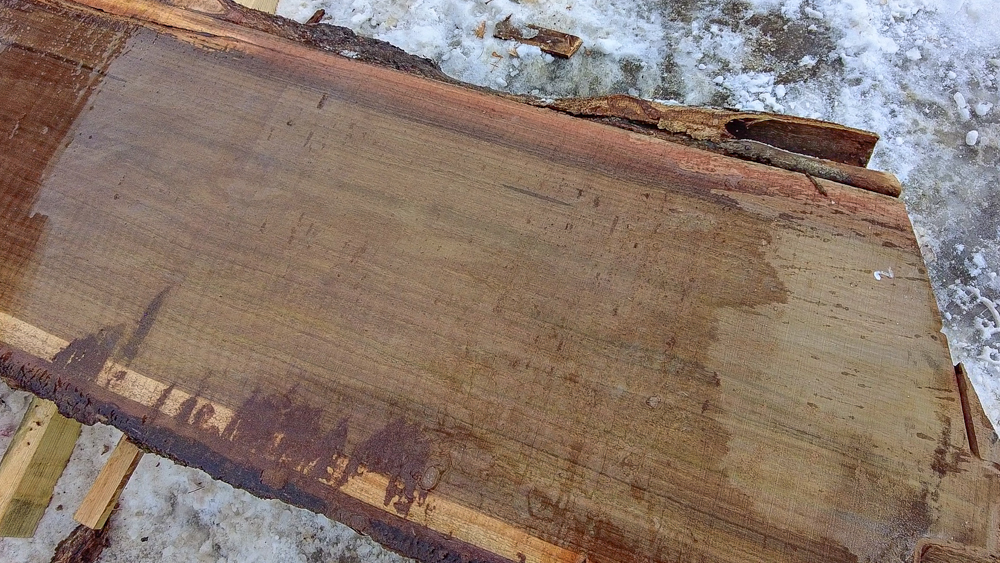
On slab two, you can see how clear it is at the base of the tree. As we travel up the slab, more of the defects show up.
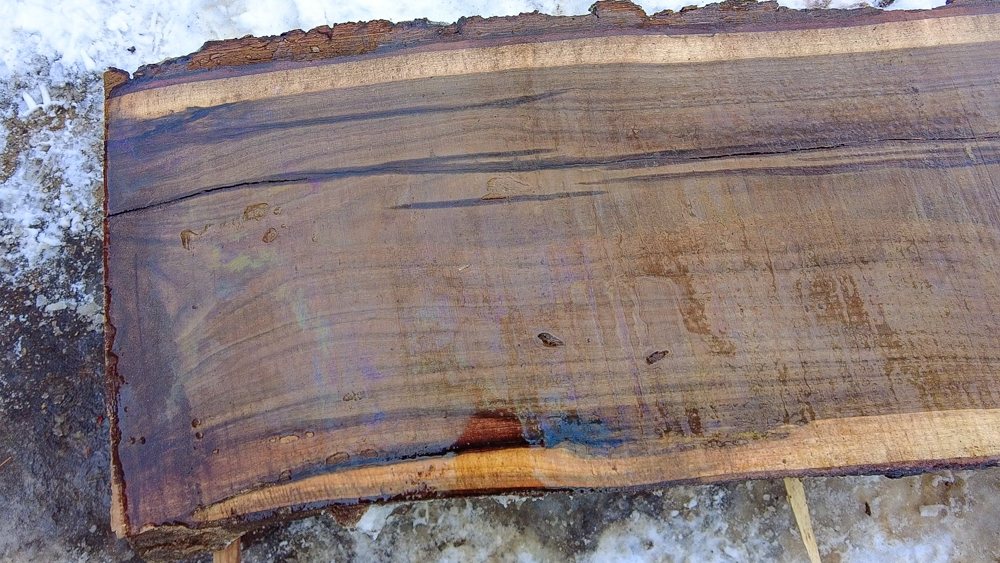
These darker areas in the grain are splits that haven’t quite opened up yet, but they likely will as the wood dries. Those areas are pretty contained to just that side of the tree though, which is pretty cool.
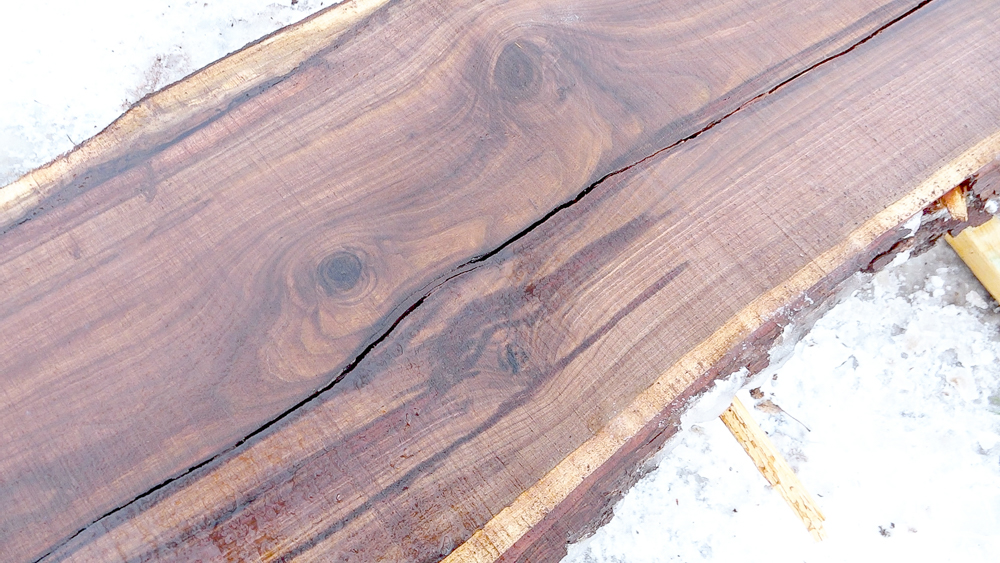
On slab three, we have more of that crack, as well as a knot and some figure around it. Definitely some good stuff happening around these cracks and splits.

You can see how the grain split out and across some growth rings on slab four. Still has a little bit of curl in there though, which is nice.
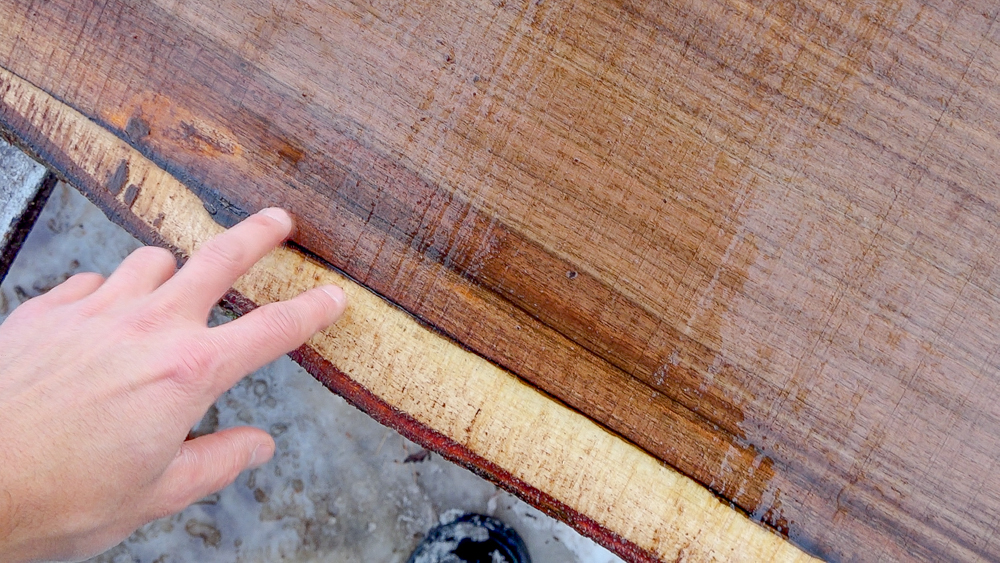
Look at the separation here on the sapwood. This is the new area growing around the damaged area, trying to re-encapsulate the tree and cover it back up. Very cool to see how trees grow.
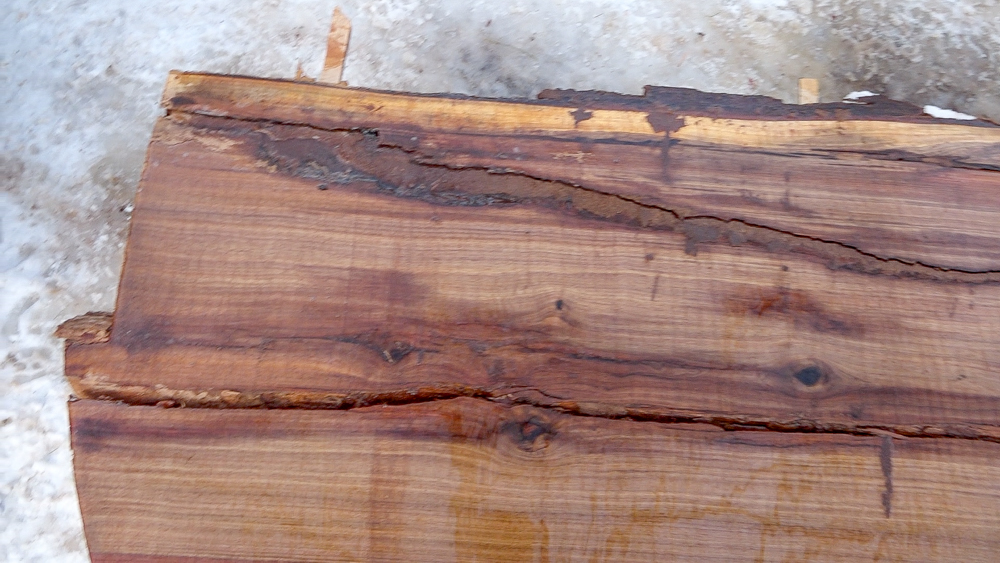
Look at this crazy defect cracking all the way down here on slab five. There’s a lot going on in this log.
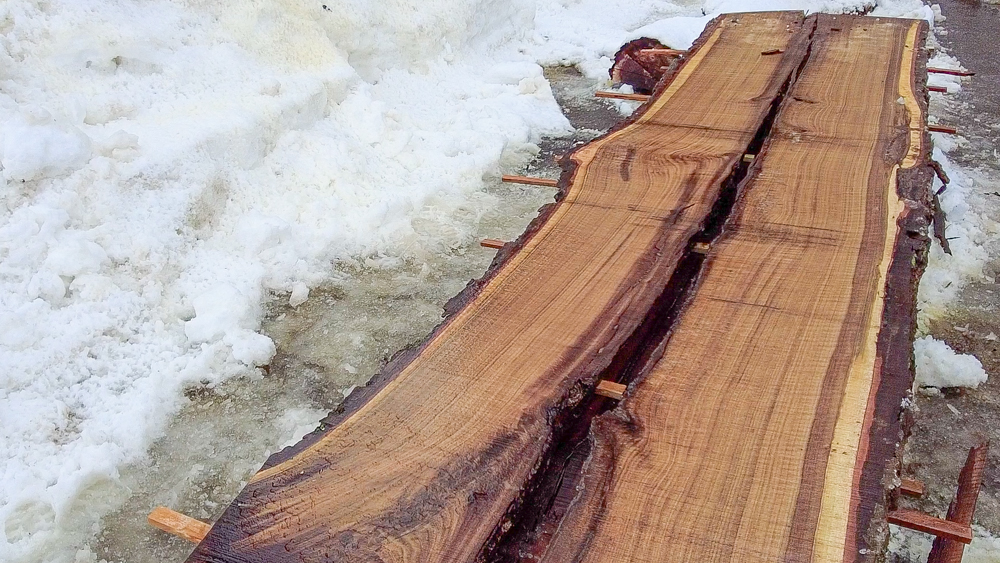
On this one we are in the pith, so these are actually completely separated. But it does have some nice crotch figure on it. Other than that, it’s very clear wood.
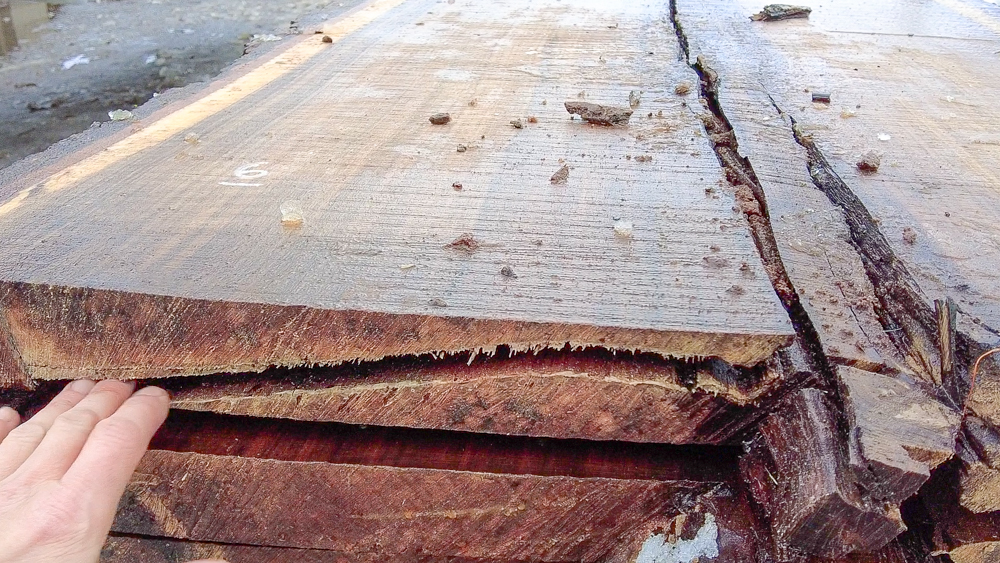
You can see that there’s both the split down the center of the tree, as well as a split that radiates out horizontally. So this board actually has a split through its thickness.
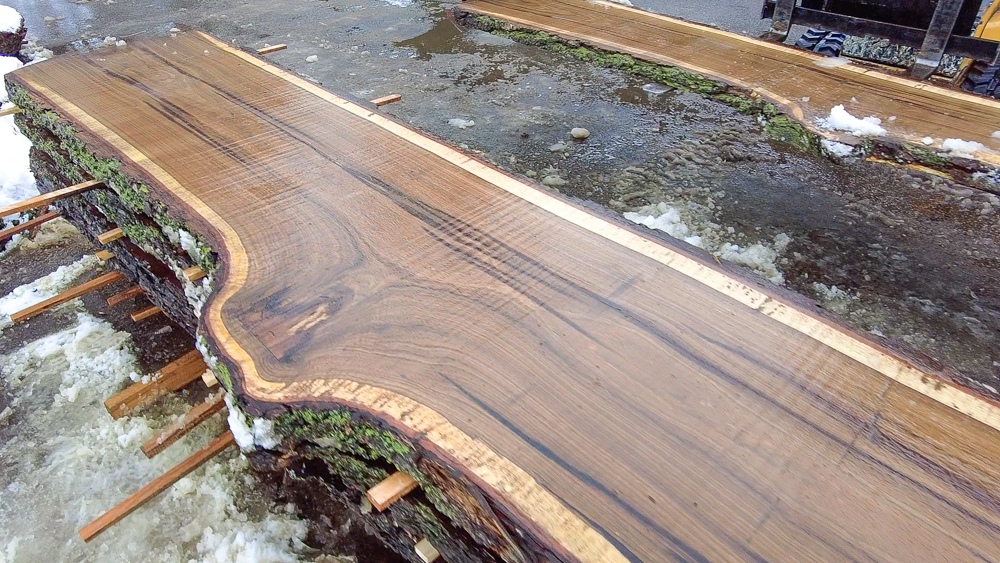
You can see all of those dark streaks where structural defects are going to be. But I think it looks pretty cool.
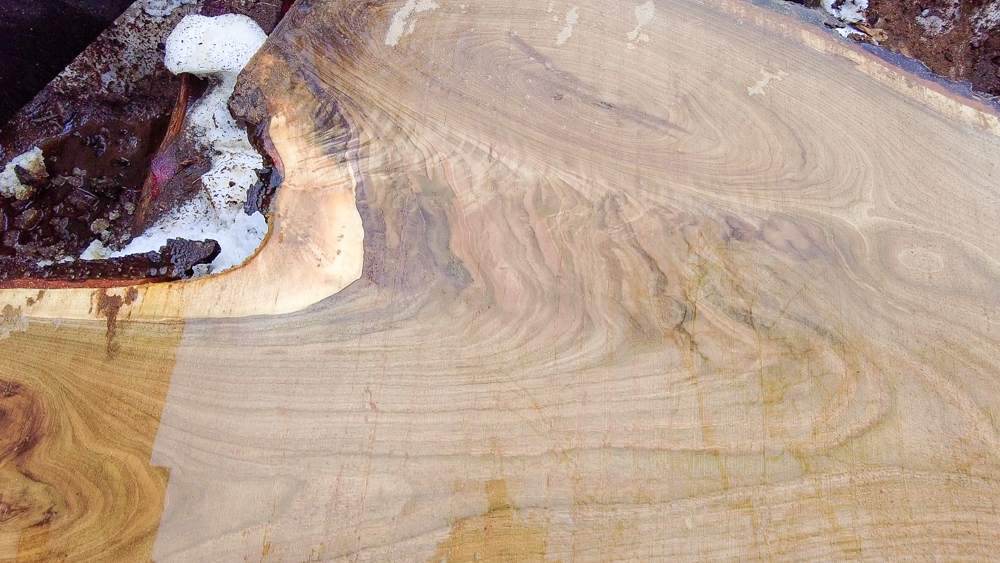
Now we are looking through that crotch log. It has a nice section of crotch figure coming through here.
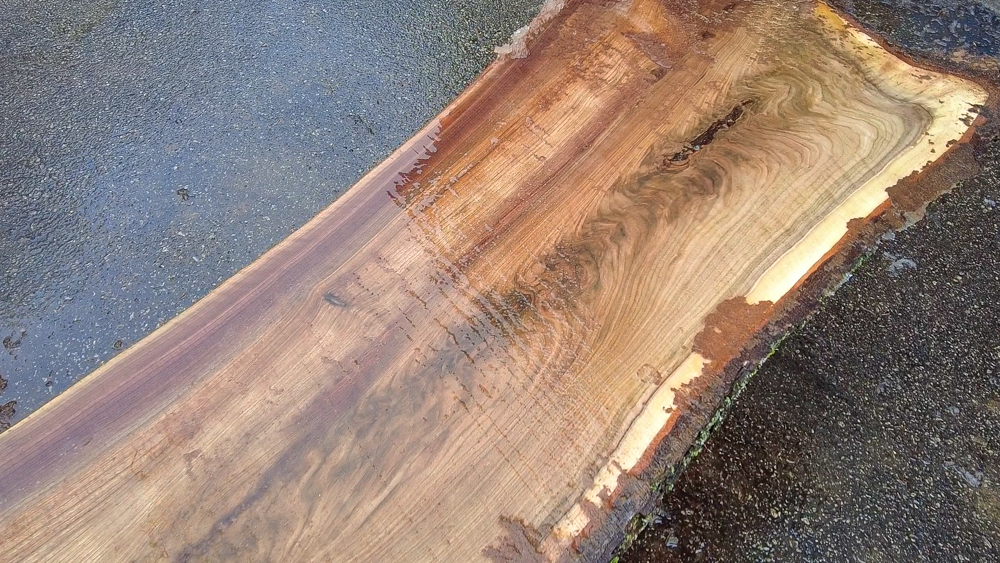
This is the third cut, and look at all of the crotch figure down here! It’s almost three feet of crotch figure, and then there are two more areas of even more crotch figure beneath it on this slab.
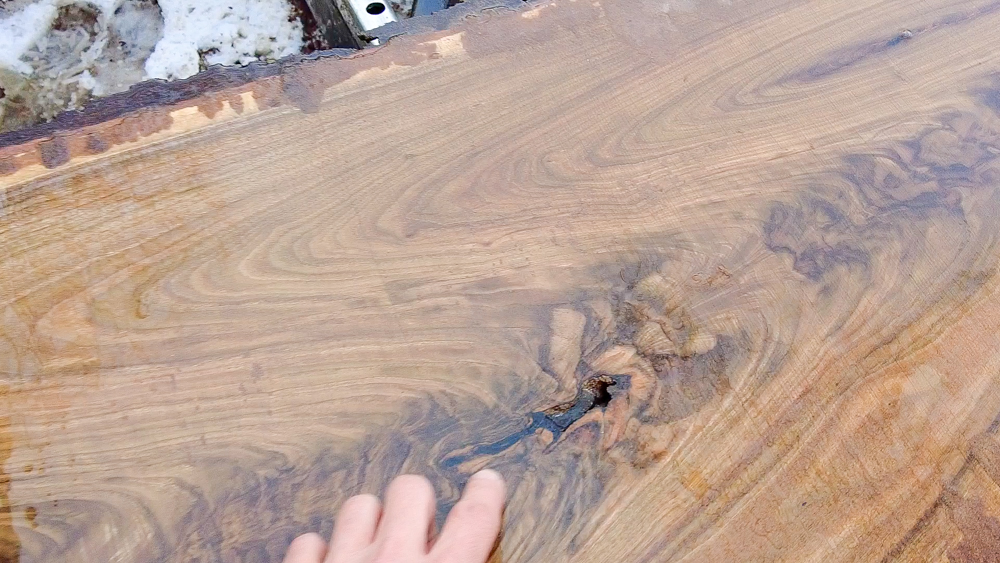
Here’s a look at another big area of crotch figure on a different slab. Absolutely beautiful. The fact that this would normally be a waste log is kind of sad because there’s still a lot of really good smaller chunks in these logs.
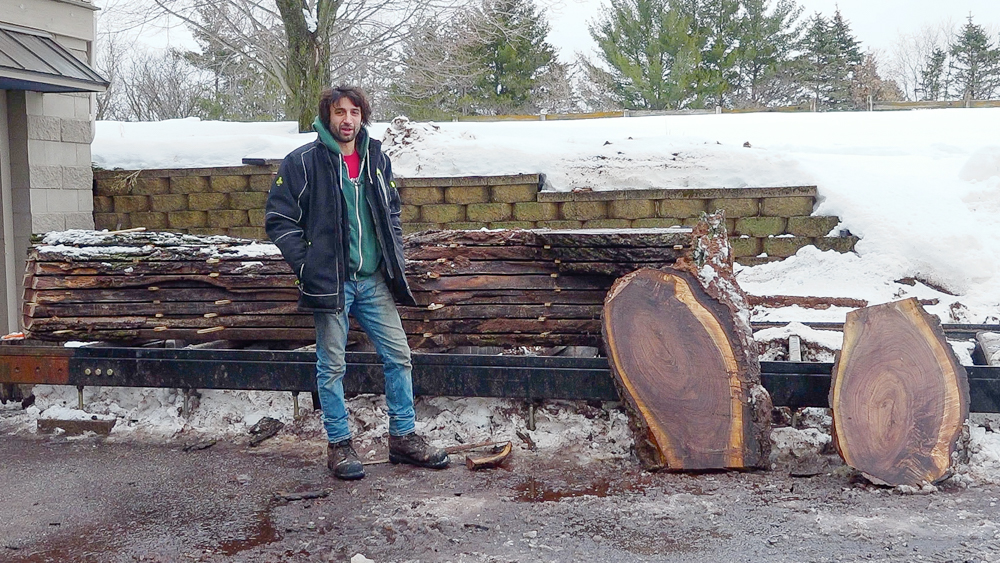
This was a fun exploration of another log that would otherwise be typically discarded. If you’re looking for a log that will yield really uniform, perfect wood, obviously logs like this wouldn’t work, But if you’re looking for something with a lot of character, then this log will give you a lot of that. Overall, a fun log, and we will see how it ends up drying with those micro defects.
That’s going to do it for this one. Thank you as always for joining. I greatly appreciate it. If you have any questions or comments, please feel free to leave me a comment. As always, I’d be happy to answer any questions you might have. And until next time, happy woodworking!


Welcome to my shop! This is a quick update to let you know what I’ve been up to. This big chunky thing is the leg

Welcome back to the home renovation. This time I’m going to be working on the kitchen island. Here is a small model of the island.
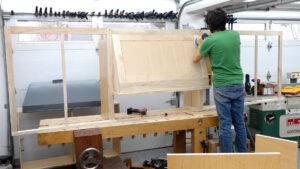
Welcome back to our home renovation. Today I am going to be working on this wall. It needs some upper cabinets and the surround for